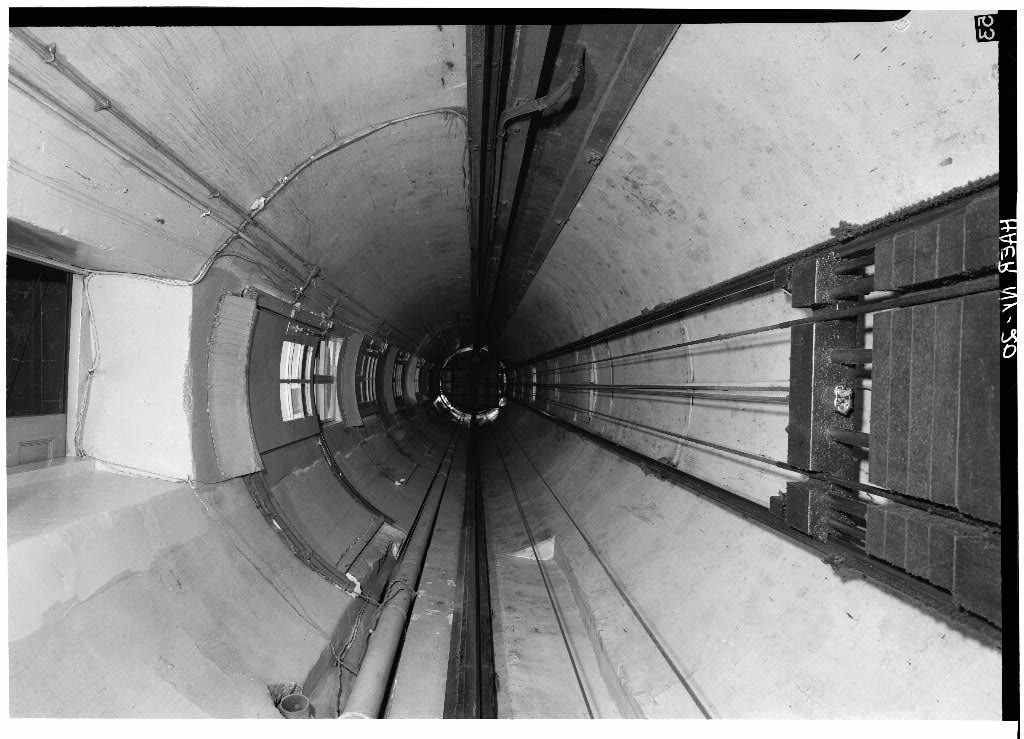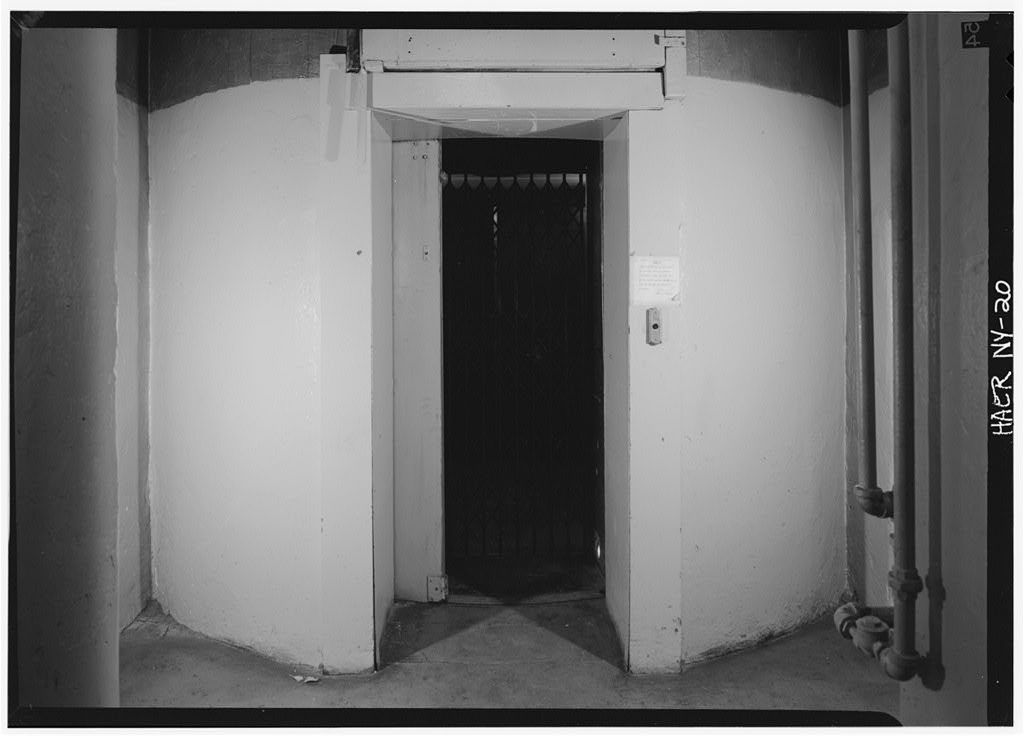This Innovator Thought Elevators Should Be Round
Peter Cooper thought that round would be the most efficient shape for elevators, and requested an elevator shaft designed accordingly
/https://tf-cmsv2-smithsonianmag-media.s3.amazonaws.com/filer/97/ef/97efe140-c927-45d7-a290-9cf3e9f1d96d/119891pv.jpg)
On this day in 1857, Elisha Otis’s first elevator for moving people was installed in a New York department store.
His name is still linked with elevators today, but the E.G. Otis Elevator Company had only been around since 1853, when it started producing freight elevators. It only got one order in its first seven months of operation, writes Andreas Bernand in his history of the elevator. But that started to change after Otis demonstrated the safety of his improved apparatus in 1854. He gave repeat performances at the Exhibition of Industry of All Nations in New York, Bernand writes.
Otis installed a platform onto guide rails high in the air, he writes—basically an elevator without the walls. Then, in front of onlookers, he raised the platform to its maximum height before cutting the cable that suspended it. “But instead of plunging 50 feet to the ground, the elevator stopped short after only a few inches of travel,” he writes.
“All safe, gentlemen, all safe,” Otis is recorded as saying. His secret was a safety catch that prevented the elevator from falling to the peril of those within it, even if the cable broke.
Though lifts of different kinds had been in use for millennia, public confidence in an elevator that could safely move people was understandably low. That changed after Otis’s dramatic demonstrations, Bernand writes, which are often seen as the beginning of the elevator industry. This eventually led to the 1857 installation, which was followed by a number of others. The elevator was instrumental in changing the world’s skyline, as it allowed builders to build to heights that the average person would be unable or unwilling to climb to on stairs.
But another elevator shaft was ready and waiting for its lift across the city: it had been pre-emptively constructed, starting in 1853, for what was then to be the tallest building in New York at seven stories: the Cooper Union Building.
The elevator shaft went from top to bottom of the new building, although Otis hadn’t finished the design for his safe passenger elevator. It was added by Peter Cooper, the industrialist and inventor whose name the building bears, writes Engineering 360. Cooper “felt confident that a safety elevator would soon be invented,” the blog writes.
Although he was correct, Cooper’s elevator shaft was also circular, “because he felt it was the most efficient design.” Otis's elevators, like those today, are rectangular. The Cooper Union eventually got its own specially-designed Otis elevator. A round elevator is still used today in the building.



